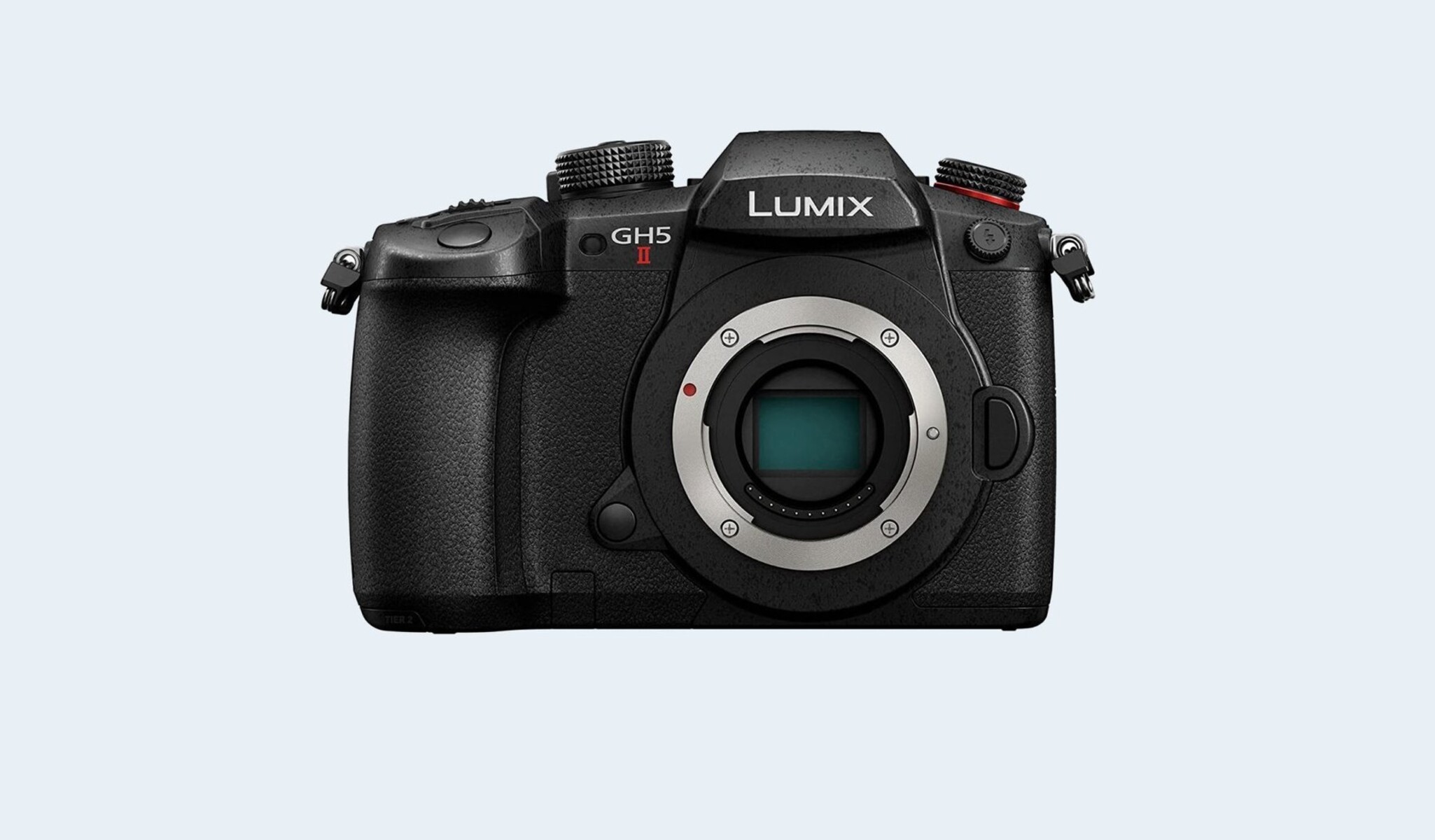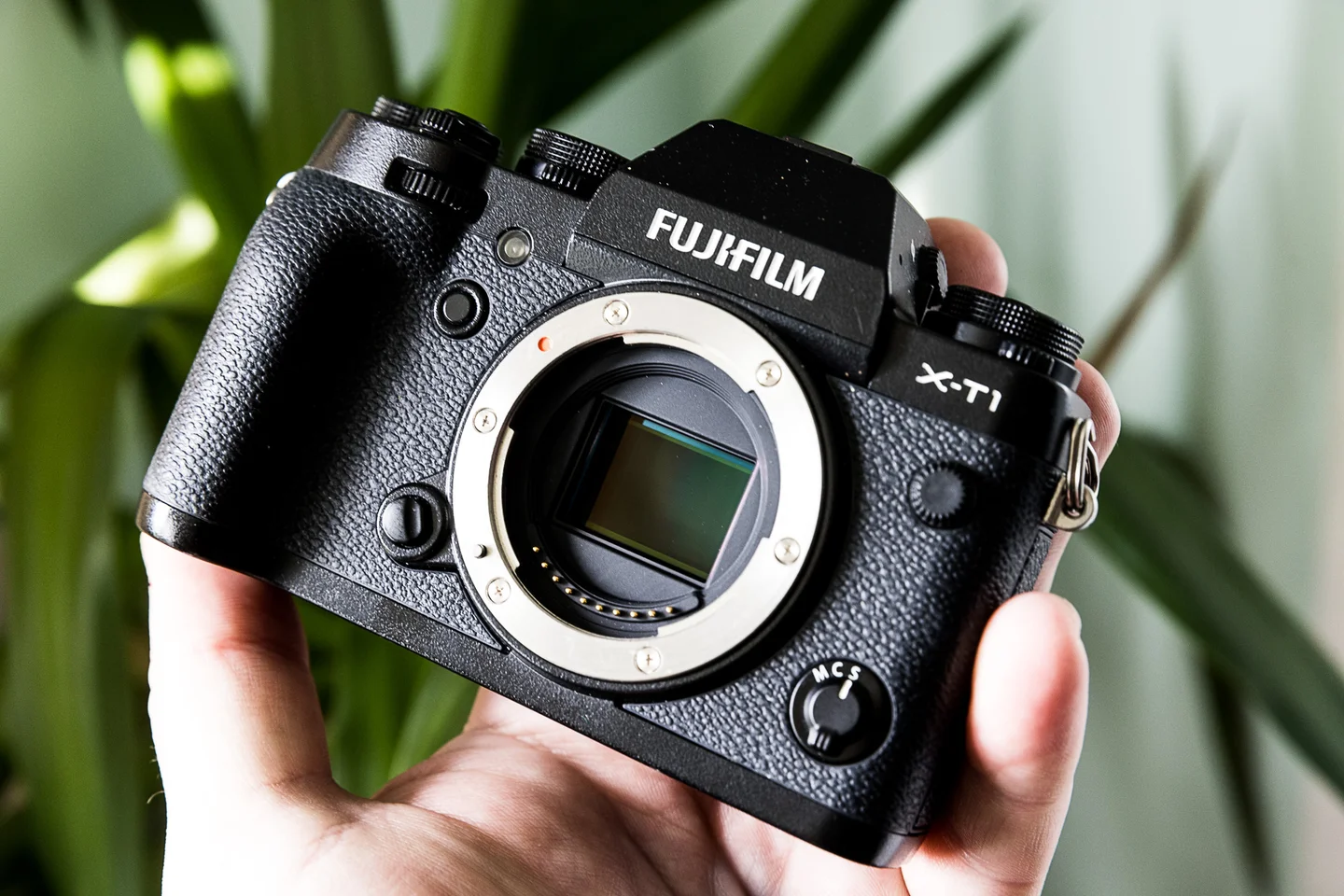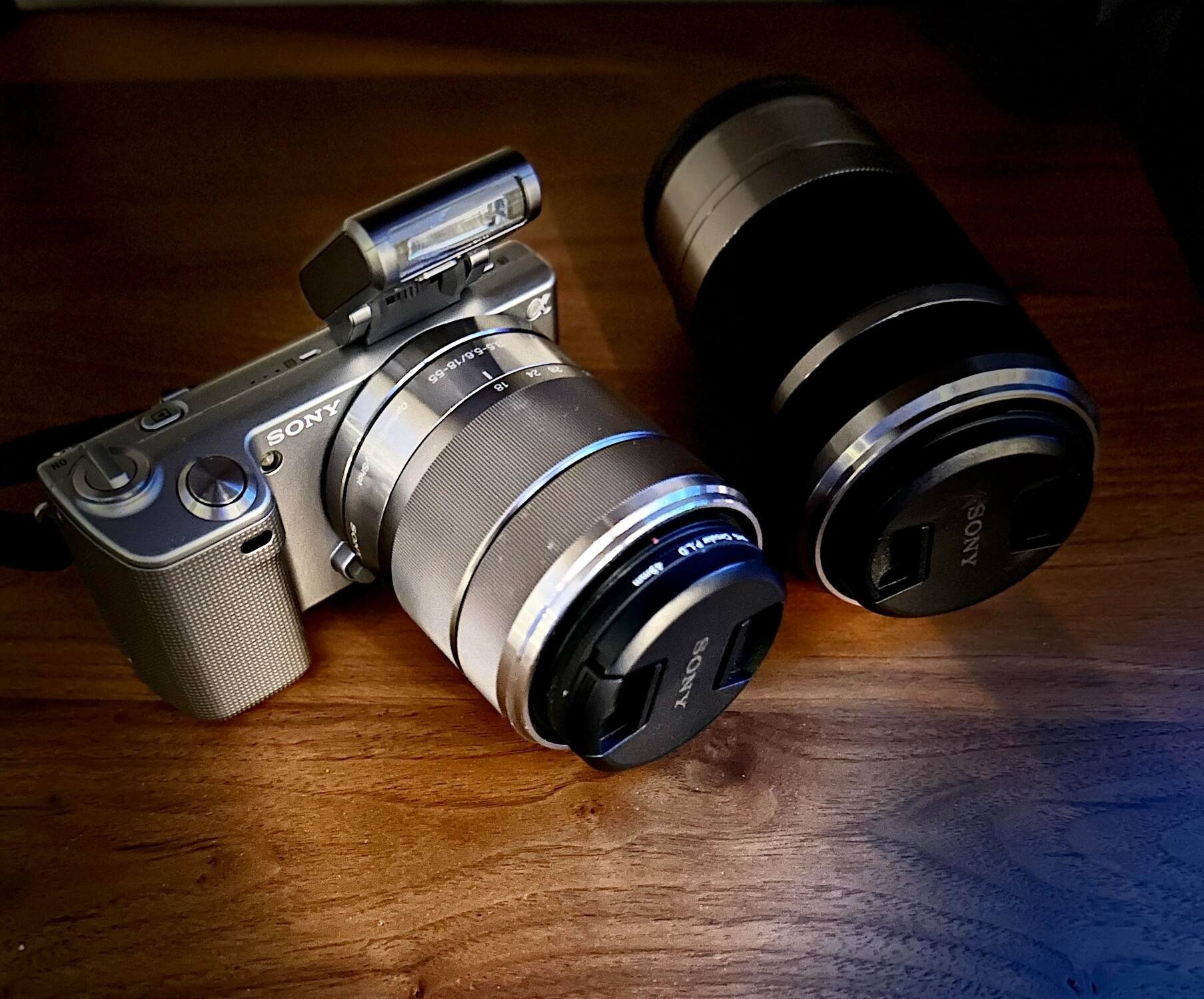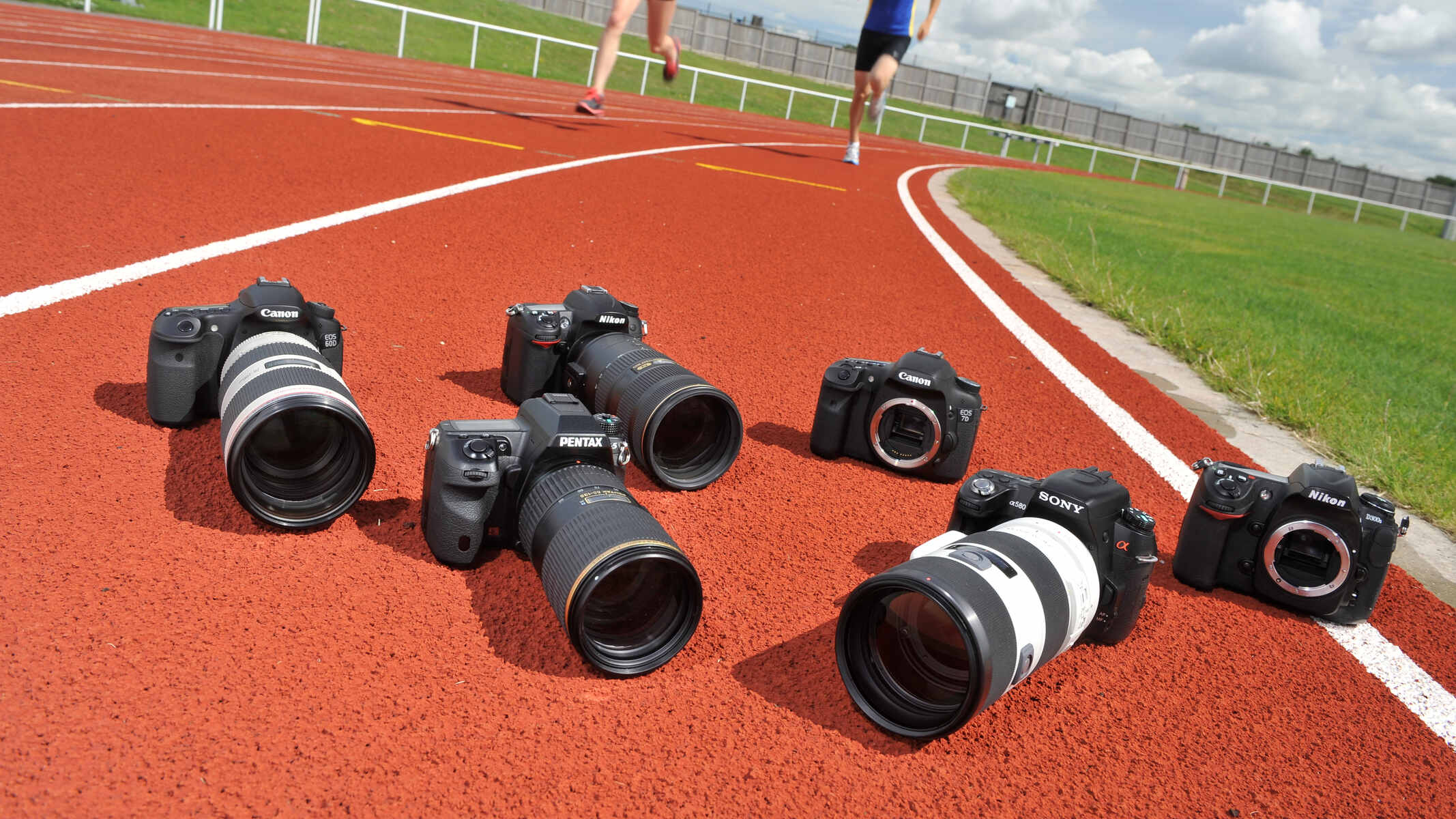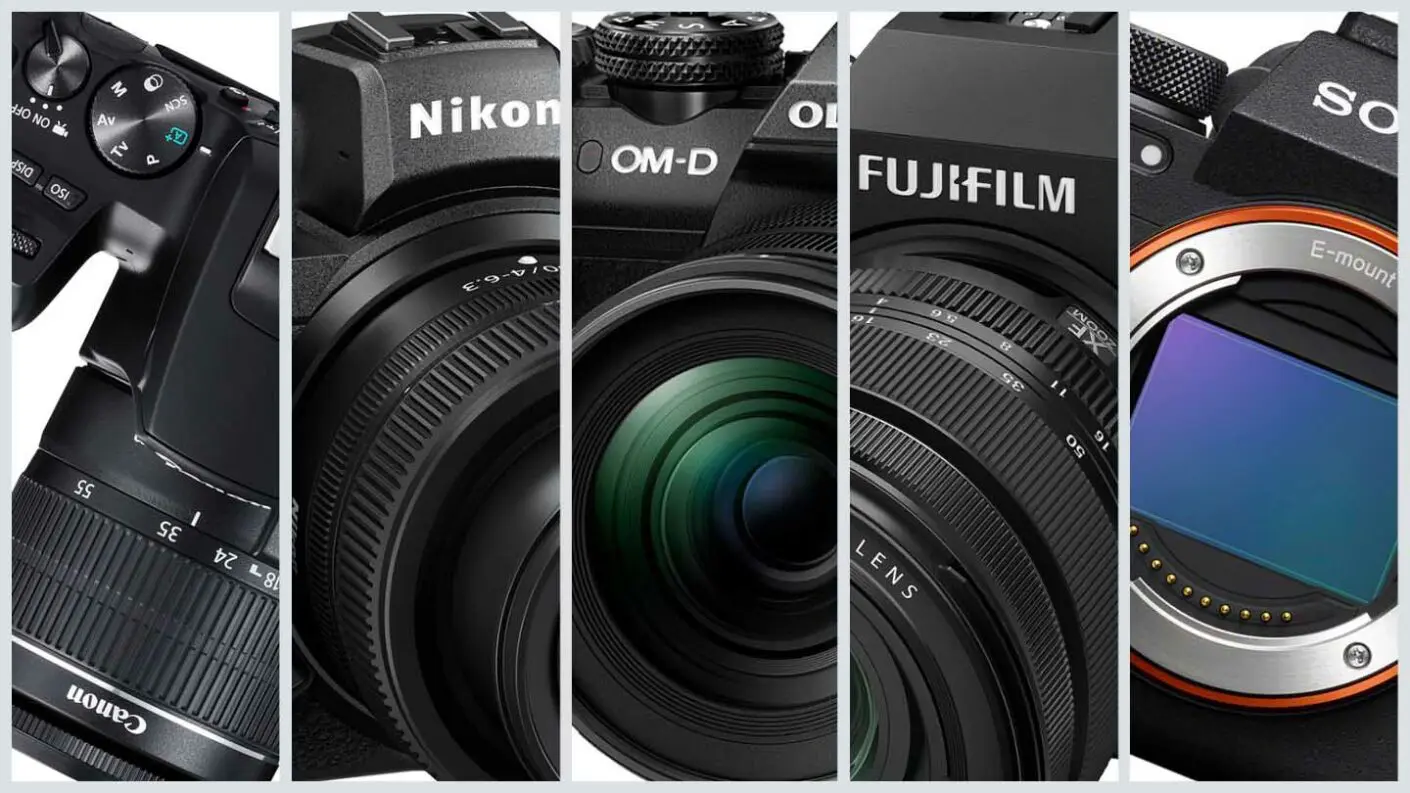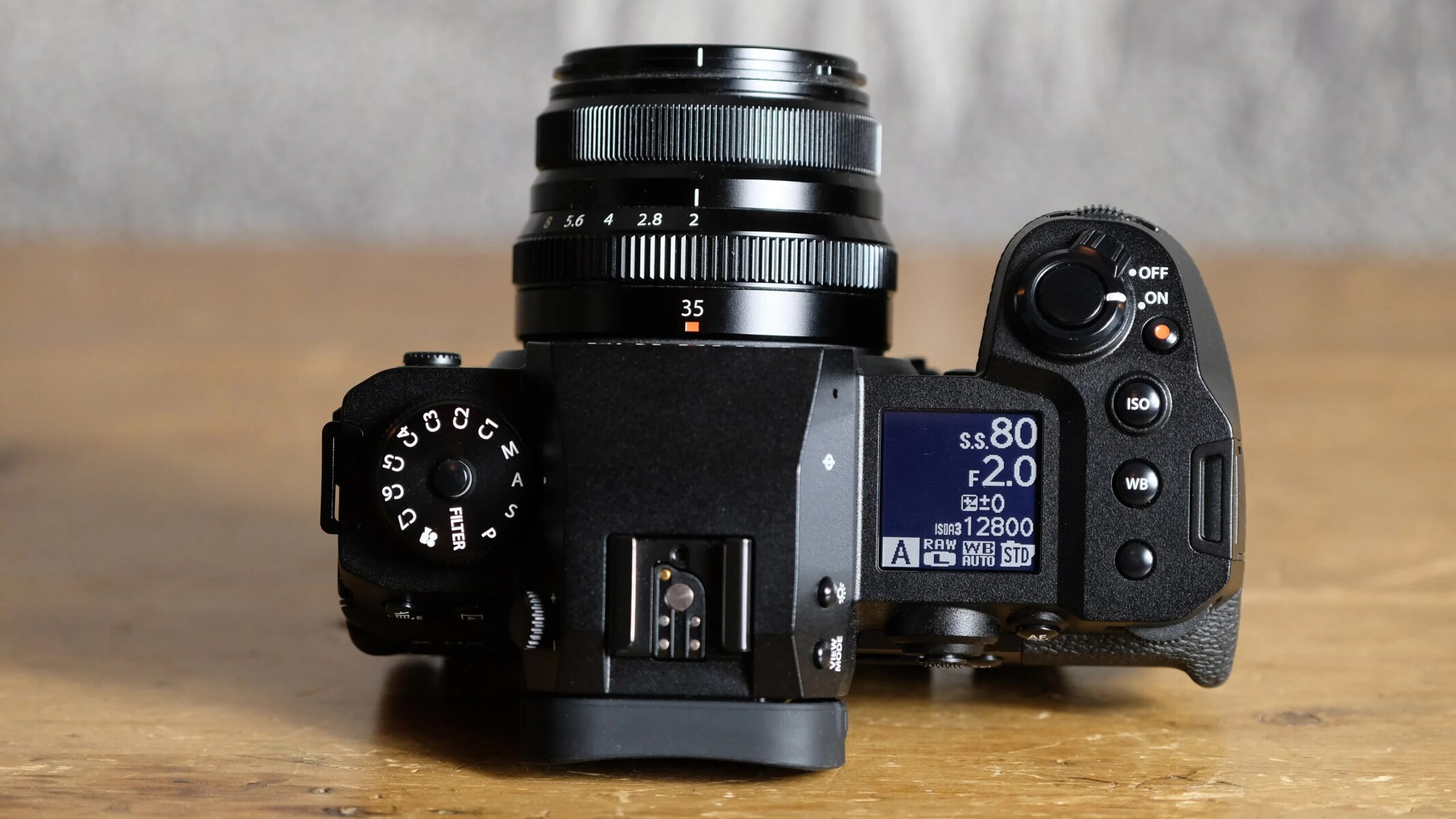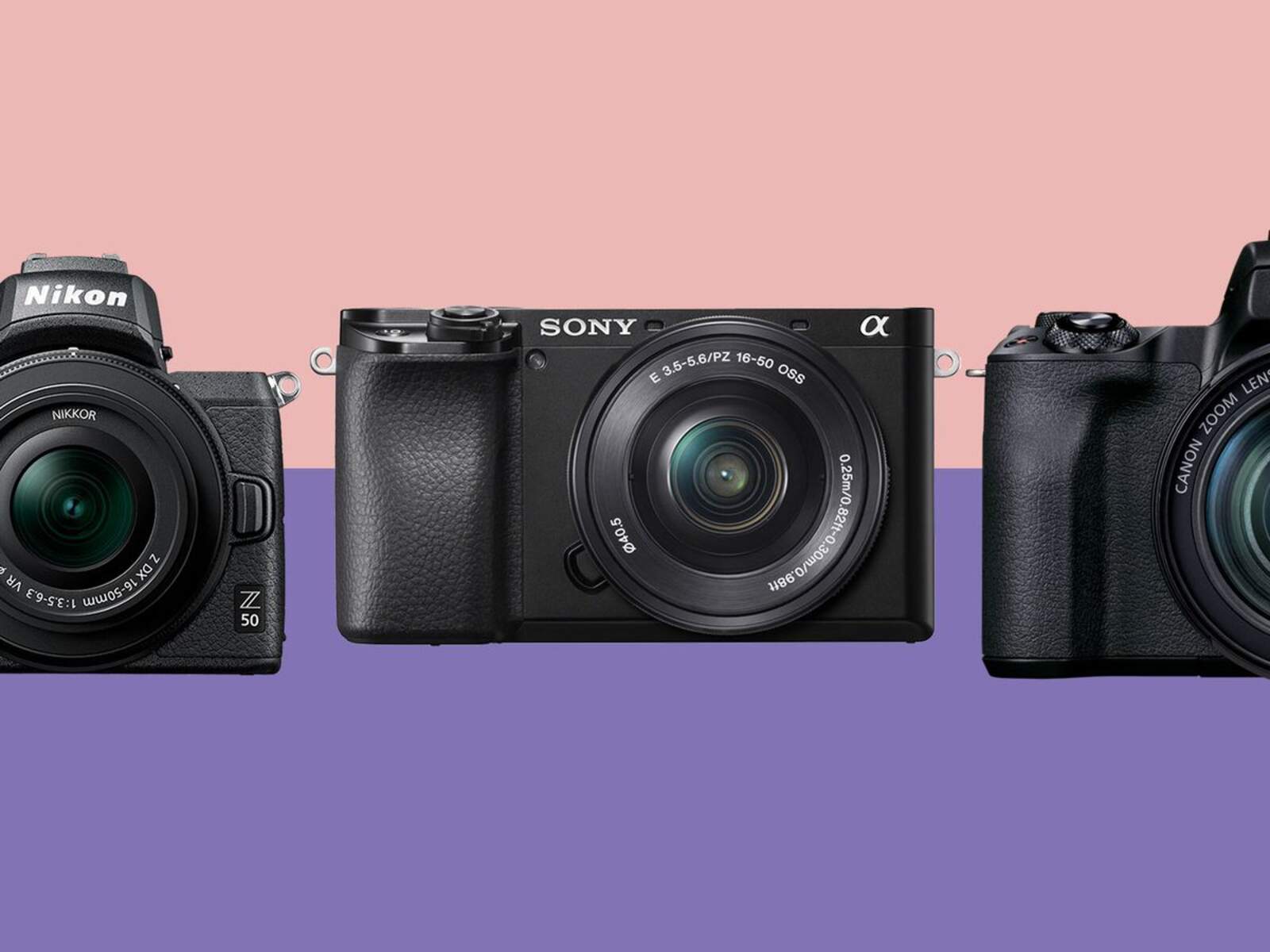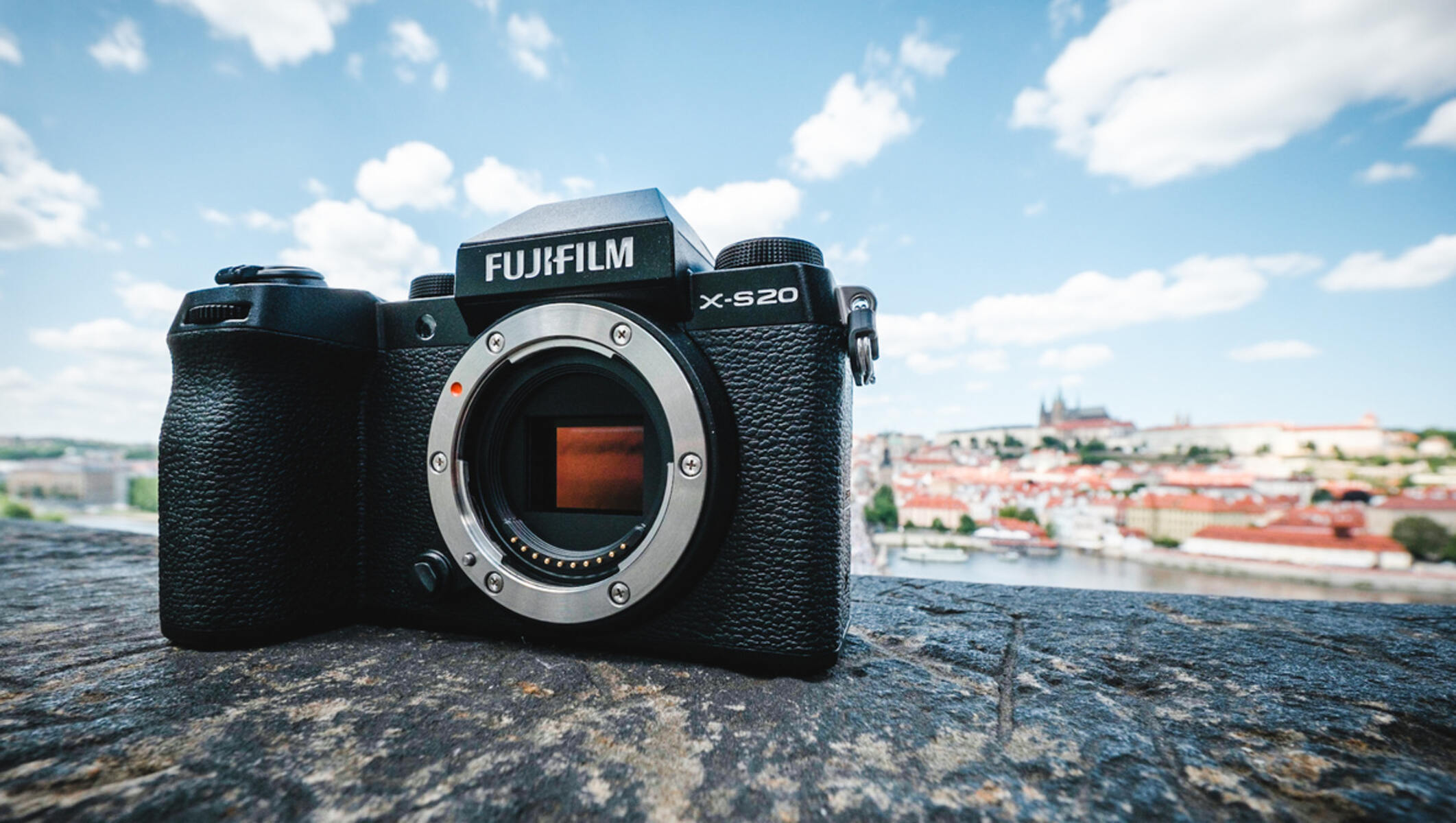Introduction
Introduction
Welcome to the world of mirrorless cameras, where cutting-edge technology and innovation converge to redefine the art of photography. In this digital age, capturing life’s most precious moments has become more seamless and immersive, thanks to the remarkable advancements in camera technology. Among the myriad features that make mirrorless cameras a game-changer, image stabilization stands out as a crucial element that elevates the quality of photographs and videos.
As photography enthusiasts and professionals alike continue to gravitate towards mirrorless cameras for their compactness, versatility, and exceptional image quality, the significance of image stabilization cannot be overstated. It plays a pivotal role in ensuring that every shot is crisp, clear, and devoid of the blurriness that often plagues handheld photography. Understanding the nuances of image stabilization and its impact on the performance of mirrorless cameras is essential for anyone seeking to make an informed investment in this cutting-edge technology.
In this comprehensive guide, we will delve into the realm of image stabilization in mirrorless cameras, exploring its intricacies and shedding light on the top contenders in the market. By the end of this journey, you will have gained valuable insights into the world of image stabilization, empowering you to make an informed decision when choosing the best mirrorless camera with top-notch image stabilization capabilities.
What is Image Stabilization?
Image stabilization, often abbreviated as IS, is a revolutionary technology designed to counteract the effects of camera shake and movement, thereby ensuring sharper and more stable images and videos. This feature is particularly crucial in situations where handheld photography or videography is the norm, as it compensates for the natural tremors and movements that can compromise the clarity and sharpness of the captured content.
There are two primary types of image stabilization: optical and digital. Optical image stabilization, commonly referred to as OIS, involves physical mechanisms within the camera or lens that adjust to counteract movement. These mechanisms can include gyroscopic sensors, floating lens elements, or movable image sensors, all of which work in harmony to stabilize the captured image. On the other hand, digital image stabilization, or DIS, relies on software algorithms to digitally process and stabilize the captured images or footage.
Image stabilization technology operates on the principle of detecting and compensating for unintended motion. When the camera detects movement, whether from hand tremors or other sources, it calculates the necessary adjustments to maintain a stable image. These adjustments can involve shifting lens elements, adjusting the image sensor, or digitally manipulating the image to counteract the detected motion.
Furthermore, image stabilization can be implemented in various axes, including pitch, yaw, and roll, to address movements in multiple directions. This multi-axis stabilization is particularly beneficial in scenarios where the camera is subjected to dynamic or unpredictable movements, such as when shooting handheld in challenging environments.
By understanding the essence of image stabilization and its role in mitigating the impact of camera shake and movement, photographers and videographers can appreciate its transformative impact on the quality and sharpness of their visual content.
Importance of Image Stabilization in Mirrorless Cameras
Image stabilization holds profound significance in the realm of mirrorless cameras, where the pursuit of uncompromised image quality and versatility is paramount. As these compact and agile cameras continue to gain traction among photography enthusiasts and professionals, the role of image stabilization becomes increasingly pivotal in delivering exceptional results across diverse shooting scenarios.
One of the primary advantages of image stabilization in mirrorless cameras is its ability to facilitate handheld shooting in challenging conditions. Whether capturing low-light scenes, fast-moving subjects, or distant landscapes, the stabilization technology compensates for hand tremors and movements, enabling photographers to achieve sharper and more detailed images without the need for a tripod. This freedom from cumbersome support equipment empowers photographers to remain agile and responsive, capturing spontaneous moments with unparalleled clarity.
Moreover, the integration of image stabilization in mirrorless cameras enhances the potential for capturing smooth and steady videos. By minimizing the impact of camera shake and abrupt movements, the technology contributes to the creation of professional-quality video content, elevating the overall production value and visual appeal. This is particularly advantageous for vloggers, filmmakers, and content creators who rely on the portability and adaptability of mirrorless cameras for their dynamic video projects.
Furthermore, image stabilization plays a crucial role in expanding the creative horizons of photographers, allowing them to explore longer exposure times and achieve stunning results in challenging shooting conditions. Whether capturing the intricate details of a dimly lit streetscape or preserving the natural beauty of a serene twilight landscape, the stabilization technology empowers photographers to push the boundaries of their craft, unleashing their creativity without being constrained by environmental limitations.
Additionally, the incorporation of advanced image stabilization in mirrorless cameras aligns with the ethos of innovation and excellence that defines this progressive category of photographic equipment. By prioritizing stability and precision in every shot, mirrorless cameras equipped with robust image stabilization systems exemplify the commitment to delivering uncompromised quality and performance, setting new standards for the industry.
Comparison of Image Stabilization in Popular Mirrorless Cameras
When evaluating the image stabilization capabilities of popular mirrorless cameras, several standout models garner attention for their advanced stabilization technologies and exceptional performance. These cameras, renowned for their innovation and imaging prowess, offer diverse approaches to image stabilization, each tailored to meet the demands of discerning photographers and videographers.
Sony Alpha a7 III: Sony’s Alpha a7 III boasts a highly effective 5-axis in-body image stabilization (IBIS) system, providing unparalleled stability for both photography and videography. This advanced stabilization mechanism compensates for pitch, yaw, and roll movements, delivering remarkably steady shots even in challenging shooting conditions.
Fujifilm X-T4: The Fujifilm X-T4 features a sophisticated 5-axis in-body image stabilization system that sets a new standard for handheld shooting. With its ability to correct for various types of camera shake, including angular and shift movements, this camera empowers photographers to capture sharp and blur-free images across diverse shooting scenarios.
Panasonic Lumix GH5: Renowned for its video-centric features, the Panasonic Lumix GH5 incorporates a cutting-edge 5-axis dual image stabilization (5-axis Dual I.S.2) system, combining in-body stabilization with compatible lenses for exceptional stability. This system excels in minimizing the impact of camera shake, resulting in smooth and professional-quality video footage.
Olympus OM-D E-M1 Mark III: The Olympus OM-D E-M1 Mark III showcases a state-of-the-art 5-axis image stabilization system that leverages sensor-shift technology to deliver outstanding stability. This system compensates for a wide range of movements, ensuring that photographers can capture sharp and detailed images with ease, even in challenging shooting conditions.
Nikon Z6 II: Nikon’s Z6 II features a sophisticated 5-axis sensor-shift image stabilization system that empowers photographers to achieve remarkable stability in their handheld shots. This system excels in compensating for camera shake, enabling photographers to capture sharp and clear images across various focal lengths and shooting scenarios.
When comparing the image stabilization capabilities of these popular mirrorless cameras, it becomes evident that each model offers a compelling solution for achieving exceptional stability and image quality. Whether for photography or videography, these cameras exemplify the relentless pursuit of innovation and excellence, setting new benchmarks for image stabilization in the realm of mirrorless technology.
Conclusion
As we conclude our exploration of image stabilization in mirrorless cameras, it becomes clear that this technology is a cornerstone of modern photography and videography. The seamless integration of advanced stabilization systems in mirrorless cameras has redefined the possibilities for capturing stunning visuals with unparalleled clarity and precision. From compensating for handheld tremors to enabling steady video production, image stabilization has become an indispensable feature that empowers photographers and videographers to push the boundaries of their creativity.
Furthermore, the comparison of image stabilization in popular mirrorless cameras highlights the diverse approaches and innovative solutions implemented by leading manufacturers to deliver exceptional stability and performance. Whether through in-body stabilization, dual stabilization systems, or sensor-shift technology, these cameras exemplify the relentless pursuit of excellence in addressing the challenges of camera shake and movement.
It is evident that the importance of image stabilization in mirrorless cameras extends beyond technical specifications; it embodies the commitment to empowering creators to capture life’s most precious moments with uncompromised quality. As the demand for compact, versatile, and high-performance cameras continues to surge, the role of image stabilization in enhancing the overall shooting experience cannot be overstated.
Ultimately, image stabilization stands as a testament to the convergence of cutting-edge technology and artistic vision, fostering a new era of photographic expression and storytelling. By embracing the transformative capabilities of image stabilization, photographers and videographers can embark on a journey of creative exploration, unhindered by the limitations of camera shake and movement. As the landscape of mirrorless technology evolves, the enduring impact of image stabilization will continue to shape the way we perceive and capture the world around us, setting new standards for visual excellence and innovation.







